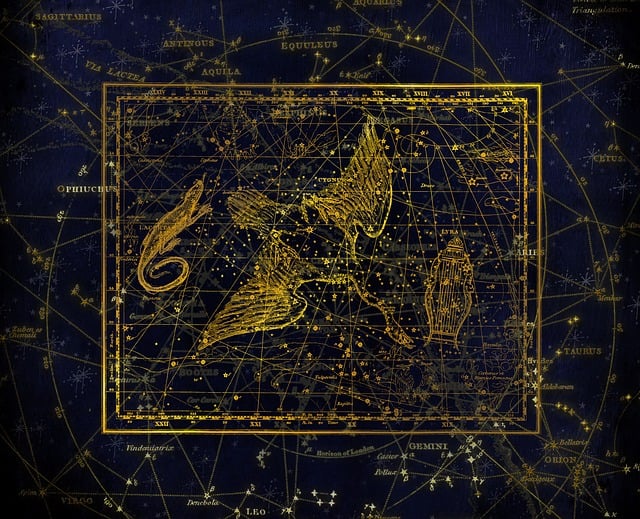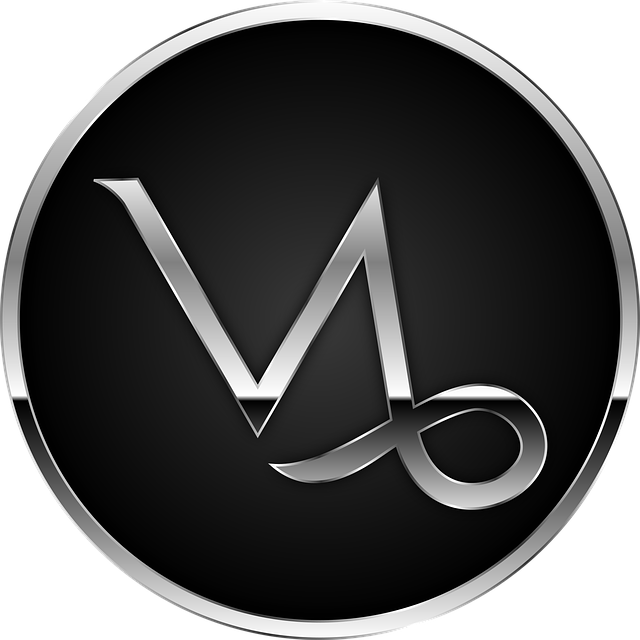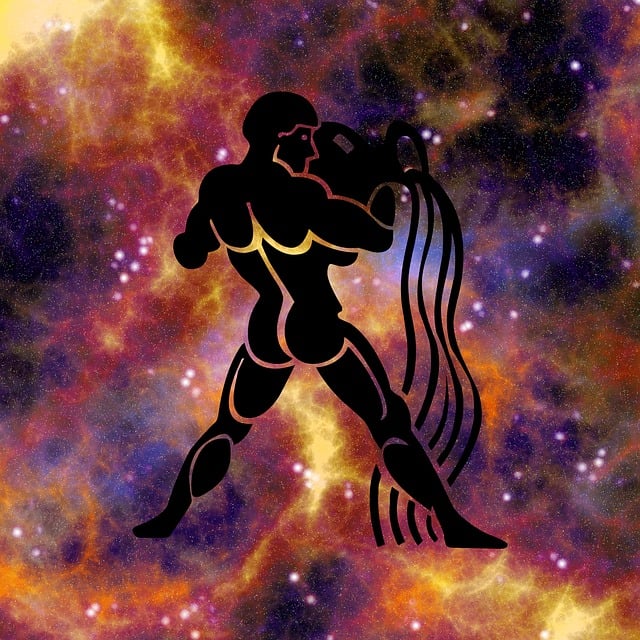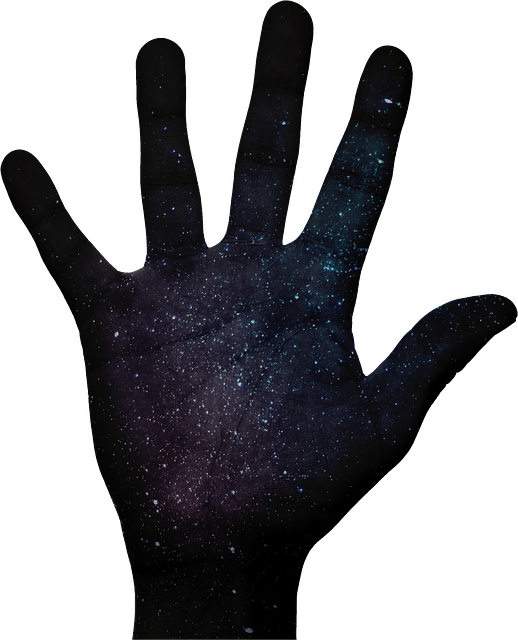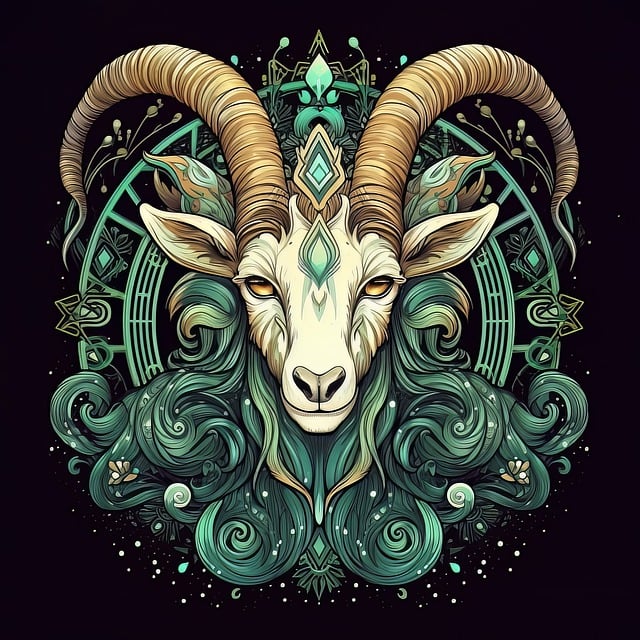Is self-testing of tarot cards accurate? Is self-testing of tarot cards accurate? Nowadays, tarot card testing is very popular. Generally, young people prefer tarot card testing, but some tarot testing is too expensive. So I choose the self-test method. So, is the self-test of Tarot cards accurate? Is the self-test of Tarot cards accurate?
Is the self-test of Tarot cards accurate?
Is the self-test of Tarot cards accurate? Is the self-test of Tarot cards accurate? The results presented by the self-test of Tarot cards are like A mirror that reflects the user's innermost thoughts and feelings. Its accuracy is not absolute, but a delicate balance suspended between personal beliefs, psychological state, and interpretive abilities. The mysterious charm of Tarot cards attracts people to explore unknown areas, but the evaluation of its self-assessment accuracy is a dance intertwined between subjectivity and objectivity.
When you sit quietly under the soft light and gently shuffle the cards in your hands, each tarot card is like a fragment of the soul, waiting to be pieced together. Your questions are clearly written in your mind, and the tarot cards seem to answer your inner calling. At times like this, the accuracy of self-assessment of tarot cards does not only depend on the meaning of the cards, but more on the resonance with your inner self. If you have full trust in your own perception, then Tarot cards can become a mirror that reflects your heart, and the accuracy of its feedback will naturally be self-evident.
Each Tarot card contains rich symbolic meanings, and interpreting them requires not only knowledge, but also an art. For beginners, the accuracy of a tarot self-assessment may be compromised by a lack of deep understanding of the symbols. However, with the accumulation of experience, the understanding of the meaning of the cards will become increasingly deepened. In this process, you will learn to interpret each card from multiple levels and angles, thereby improving the accuracy of tarot card self-assessment.
When self-testing Tarot cards, emotional fluctuations are like blades in the wind, gently touching the process of interpretation. If you test yourself when you are calm and thinking clearly, the guidance you receive will tend to be more relevant. On the other hand, if you consult Tarot cards when you are emotional or troubled, the interpretation may be affected by subjective emotions and the accuracy will naturally be questioned. Therefore, maintaining a calm mind is the key to improving the accuracy of self-assessment.
Tarot card self-test is not only a personal exploration, but also a dialogue with the energy of the universe. Some people believe that tarot cards can capture subtle changes in the universe and convey information through the arrangement of the cards. If you revere this connection and open yourself up sincerely, the accuracy of the tarot cards will reveal itself inadvertently. This mysterious connection may be difficult to explain scientifically, but for Tarot believers, it is an important bridge to achieve self-insight and predict the future.
Is self-assessment of Tarot cards accurate? The accuracy of self-assessment of Tarot cards is like the stars in the night sky, their light disappears and appears. It is not a scientific experiment and cannot be measured with precise data.It is a personal experience and a spiritual practice. Every shuffle, card draw, and interpretation is a journey of self-discovery. In this process, accuracy lies not only in the meaning of the cards, but also in personal perception and growth. Tarot card self-assessment is ultimately the art of dialogue between the soul and the universe, a process of self-understanding and wisdom enlightenment.
The psychological effect behind the tarot card divination test
From a psychological point of view, we can understand the tarot card divination test as a A tool for connecting to humanity's collective subconscious and manifesting symbolic imagery. It presents the symbols and answers in the collective subconscious in a graphic way, and then the tarot master interprets them to convey wisdom to the seeker.
A tarot card reading test is essentially a tool used to analyze, predict and provide advice. Our subconscious and mental mapping play an important role when taking a tarot reading test. During the divination process, the tarot cards connect with each person, and the seeker and the tarot master also form a connection.
Therefore, the cards drawn can reflect the specific problems currently faced by the seeker and the possible results. When the seeker draws the cards, their subconscious is actually revealed, and the tarot master can capture these subconscious messages and speak out the seeker's deepest desires, thereby achieving the perception of a special result.
In addition, due to the role of subconscious mind, our future will also develop in the direction of this guidance, thereby achieving the purpose of predicting the future. In short, Tarot cards can be regarded as a psychological mirror that can reflect the true feelings of the seeker.
However, it needs to be clear that Tarot cards are not an accurate tool for predicting fate. They only provide possibilities and suggestions for the reference of those seeking fortune-telling. It can only give people a way to think and explore their own problems, help seekers examine problems from different perspectives, and provide psychological support and guidance to a certain extent.
Introduction to Tarot Cards
The Western Tarot Card is a divination tool that originated in Europe and consists of 78 cards. It is widely used for spiritual exploration, personal growth, and predicting the future. The origins of Western Tarot can be traced back to the Middle Ages. It was first used as a card game and later developed into a divination and spiritual tool.
Western Tarot cards are divided into two parts: Major Arcana (Major Arcana) and Minor Arcana (Minor Arcana).
The Major Arcana contains 22 special cards, each with unique patterns and symbolic meanings. These cards represent important stages and turning points in life, from the beginning of the Fool's journey to the completion of the world. Each card has deep symbolic meaning, covering the emotional, psychological and spiritual aspects of humanity.
The Minor Arcana consists of 56 cards, divided into four suits: Wands, Cups), swords (Swords) and coins (Pentacles). Each suit represents a different element and area of life. The Wand represents creativity, action, and passion; the Grail represents emotion, love, and emotion; the Sword represents thinking, decision-making, and challenge; and the Coin represents material, wealth, and reality.
When using Western Tarot cards for divination, people usually shuffle the deck and draw a number of cards from the deck. By interpreting the meaning and position of the cards, insight into the past, present and future can be gained. Tarot cards can not only help people understand their inner world, but also provide guidance and inspiration to help people make decisions, face challenges, and pursue self-growth.
In addition to divination, Western Tarot cards are also widely used in psychotherapy, spiritual exploration and creative expression. It is seen as a communication tool that connects humans to the intelligence and energy in the universe.
It should be noted that Western Tarot is not an absolute tool for predicting the future, but a way to guide and inspire personal thinking. Reading tarot cards requires a certain amount of knowledge, experience and intuition, as well as an attitude of openness, honesty and self-reflection. The bottom line is that each person’s interpretation and experience is unique, so the meaning of the tarot cards will vary from person to person.


